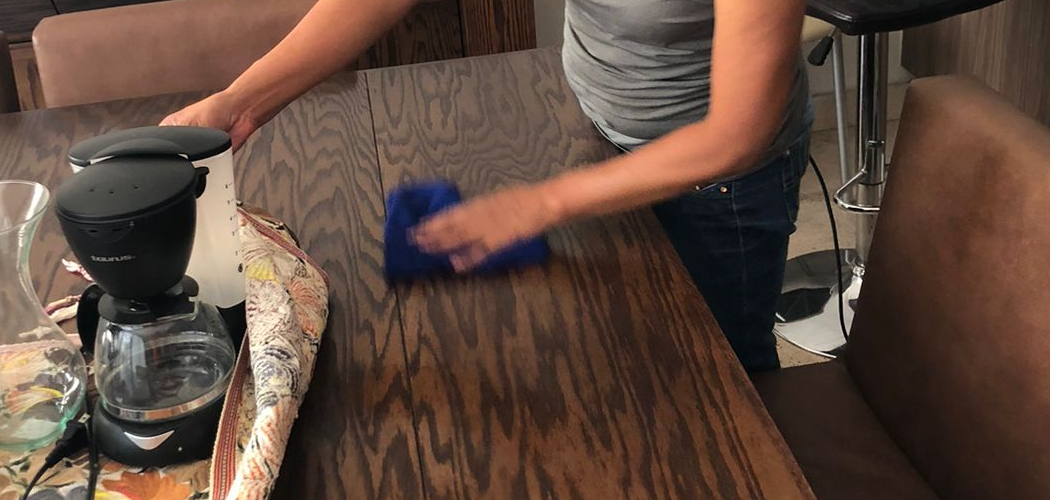Removing furniture wax is a crucial step in restoring and maintaining the natural beauty of your wooden pieces. Over time, layers of wax can build up, leading to a dull, sticky surface that detracts from the furniture’s aesthetic appeal.
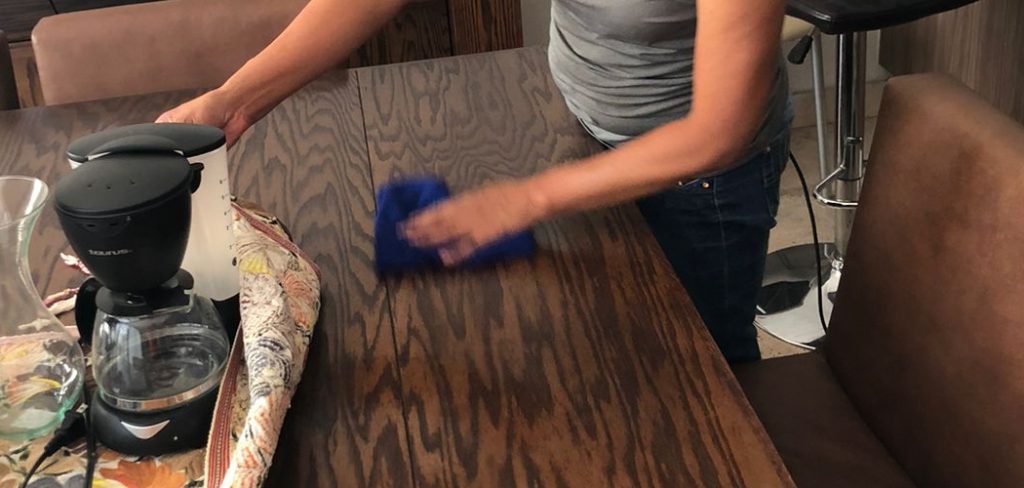
Whether you’re preparing to refinish a cherished heirloom, eliminate unsightly wax buildup, or simply want to restore your furniture to its original luster, understanding the proper techniques for wax removal is essential. This article aims to provide a comprehensive guide on how to remove furniture wax. This process requires patience and the right materials, but it can be done effectively with household items or specialized products.
Methods range from gentle, chemical-free approaches using heat and natural solvents to more robust techniques involving commercial wax removers. By carefully removing the old wax, you can reveal the true grain and color of the wood, ensuring your furniture looks its best.
Importance of Removing Furniture Wax
Removing furniture wax is not just about aesthetics; it’s a vital step in preserving the quality and longevity of your wooden furniture. Over time, wax buildup can obscure the natural grain and color of the wood, diminishing its appearance and value. Excessive wax can also attract dust and dirt, creating a sticky residue that makes the surface look worn and neglected.
By clearing away the old layers of wax, you allow the wood to breathe and shine, making it easier to clean and maintain. Furthermore, wax removal is essential if you plan to apply a new finish or refinishing product.
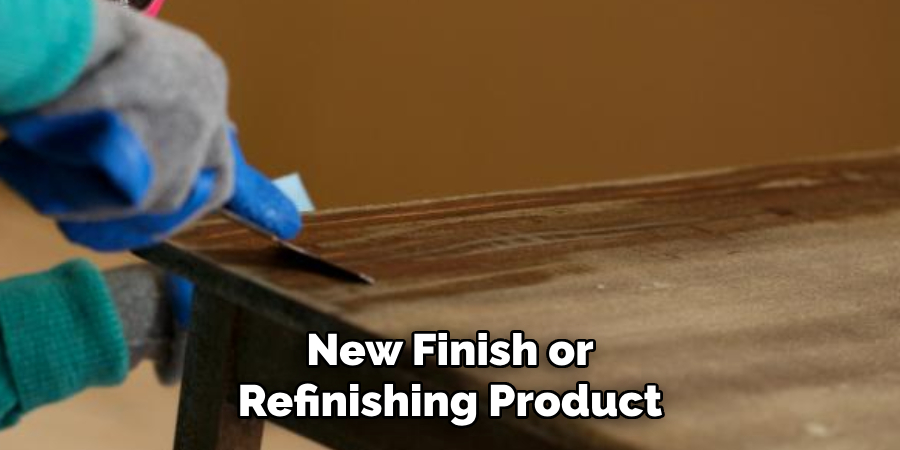
10 Methods How to Remove Furniture Wax
1. Using Mineral Spirits
Mineral spirits are a common solvent that can effectively dissolve and remove wax from furniture. Begin by ensuring the area is well-ventilated, as mineral spirits have strong fumes. Soak a soft cloth in the mineral spirits and gently rub the waxed surface in circular motions.
Work in small sections to prevent the solvent from evaporating before it has a chance to break down the wax. Once the wax begins to dissolve, use a clean cloth to wipe away the residue. Repeat this process until all the wax is removed. Follow up with a mild soap and water solution to clean the surface and remove any remaining solvent.
2. Applying White Vinegar
White vinegar is an effective and eco-friendly solution for removing wax from furniture. Its mild acidity helps break down the wax without damaging the wood. Mix equal parts of white vinegar and water in a spray bottle. Lightly spray the mixture onto the waxed surface and let it sit for a few minutes. Use a soft cloth or sponge to gently scrub the area, focusing on the spots with the most buildup.
After the wax is loosened, wipe the surface with a clean, damp cloth to remove the vinegar solution. This method is particularly useful for delicate or antique furniture where harsher chemicals might cause damage.
3. Using Heat to Soften the Wax
Heat is a simple and effective way to soften wax, making it easier to remove. Use a hairdryer or a heat gun on a low setting to warm the wax. Hold the heat source a few inches away from the surface to avoid overheating the wood. As the wax softens, use a plastic scraper or a credit card to gently scrape it off. Be careful not to scratch the wood surface. Once most of the wax is removed, wipe the area with a cloth dampened with a mild soap and water solution to clean any remaining residue.
4. Applying Baking Soda Paste
Baking soda is a gentle abrasive that can help remove wax without scratching the furniture. Create a paste by mixing baking soda with a small amount of water. Apply the paste to the waxed surface using a soft cloth or sponge. Gently rub the area in circular motions, allowing the abrasive action of the baking soda to break down the wax.
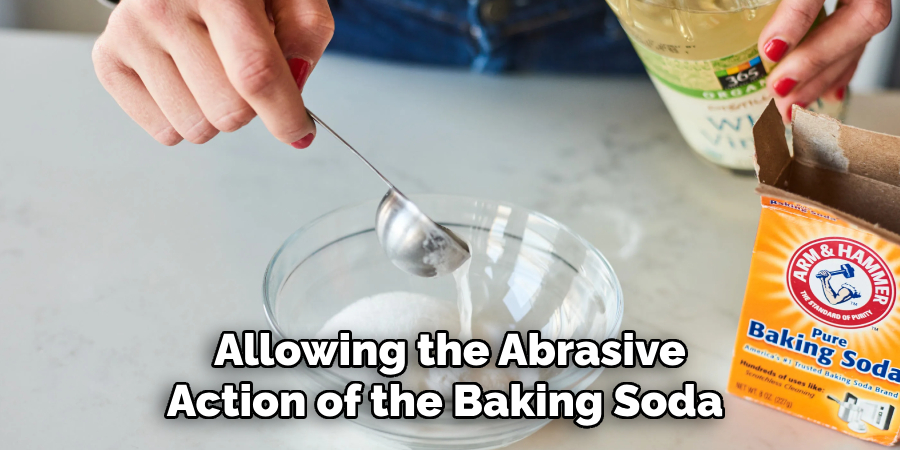
Once the wax is lifted, wipe the surface with a damp cloth to remove the baking soda residue. This method is particularly effective for intricate carvings and hard-to-reach areas where wax tends to accumulate.
5. Using a Commercial Wax Remover
Commercial wax removers are specifically formulated to dissolve wax buildup on furniture. These products are available at most hardware and home improvement stores. Follow the manufacturer’s instructions carefully, as different products may have varying application methods.
Generally, you will apply the wax remover to a cloth and rub it onto the waxed surface. Allow the product to sit for the recommended time to penetrate and dissolve the wax. Then, wipe away the residue with a clean cloth. Always test the product on a small, inconspicuous area first to ensure it doesn’t damage the finish.
6. Rubbing Alcohol Method
Rubbing alcohol, or isopropyl alcohol, can effectively break down and remove wax from furniture. Dampen a soft cloth with rubbing alcohol and gently rub the waxed surface. The alcohol will dissolve the wax, making it easier to wipe away. Work in small sections and frequently change the cloth to avoid spreading dissolved wax around.
After the wax is removed, clean the area with a mild soap and water solution to remove any remaining alcohol and wax residue. This method is quick and efficient, but be sure to work in a well-ventilated area to avoid inhaling fumes.
7. Steel Wool and Turpentine
For more stubborn wax buildup, steel wool combined with turpentine can be very effective. Use fine-grade steel wool (0000 grade) to avoid scratching the wood surface. Soak the steel wool in turpentine and gently rub the waxed area in the direction of the wood grain.
The abrasive action of the steel wool combined with the solvent power of turpentine will break down the wax. Once the wax is dissolved, wipe the area with a clean cloth. Follow up with a mild soap and water solution to clean any remaining residue. This method is particularly useful for heavily waxed surfaces and old, thick wax layers.
8. Citrus-Based Cleaners
Citrus-based cleaners are a natural and effective way to remove wax from furniture. These cleaners use the natural solvents found in citrus fruits to break down wax without harsh chemicals. Apply the citrus cleaner to a cloth and rub it onto the waxed surface. Let it sit for a few minutes to penetrate the wax. Use a clean cloth to wipe away the dissolved wax.
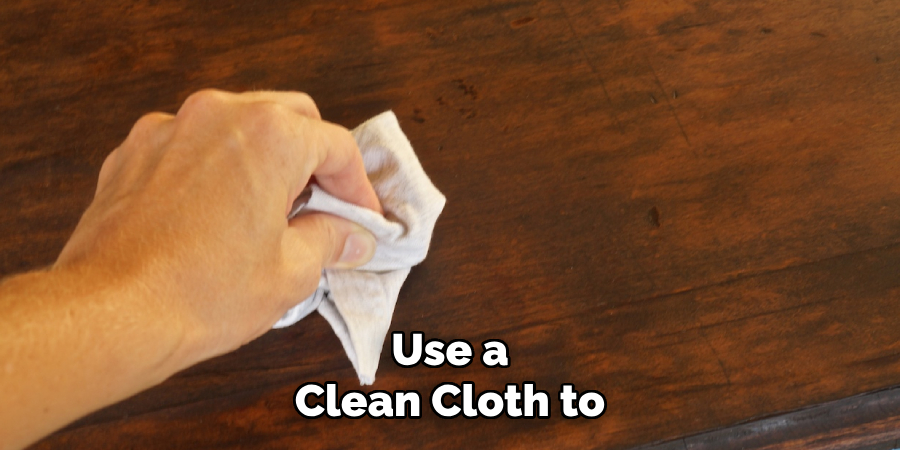
Citrus cleaners are generally safe for most finishes, but it’s always a good idea to test on a small area first. This method leaves a pleasant, fresh scent and is an eco-friendly option for wax removal.
9. Olive Oil and Vinegar
A mixture of olive oil and vinegar can be a gentle yet effective solution for removing wax. Combine equal parts of olive oil and white vinegar in a bowl. Dampen a soft cloth with the mixture and rub it onto the waxed surface. The vinegar helps break down the wax, while the olive oil conditions the wood. After the wax is dissolved, wipe the area with a clean cloth to remove any residue. This method is particularly suitable for delicate wood finishes and antique furniture, as it both cleans and nourishes the wood.
10. Soap and Water
Sometimes the simplest methods are the best. A solution of mild soap and water can effectively remove wax from furniture, especially if the wax layer is not too thick. Mix a small amount of dish soap with warm water. Dampen a cloth with the soapy water and gently scrub the waxed surface. Rinse the cloth frequently to avoid spreading wax residue.
Once the wax is removed, wipe the area with a clean, damp cloth to remove any soap residue. This method is gentle and safe for most finishes, making it a good first step before trying more aggressive methods.
Things to Consider When Removing Wax from Furniture
- Test in an Inconspicuous Area: Before using any wax removal method, always test it on a small, hidden area of the furniture to ensure it won’t damage or discolor the finish.
- Choose the Right Method for the Finish: Different types of wood finishes may react differently to various wax removal techniques. Make sure to select a method that is safe for your specific furniture finish.
- Work in a Well-Ventilated Area: Some methods involve the use of solvents or chemicals that can emit strong fumes. Ensure you are working in a well-ventilated area to avoid inhaling harmful vapors.
- Avoid Excess Moisture: When using water-based methods, be cautious not to oversaturate the wood. Excess moisture can seep into the wood and cause swelling or warping.
- Use Gentle Pressure: Applying too much pressure when scrubbing can scratch or damage the wood surface. Always use gentle, consistent pressure, especially when working with delicate or antique furniture.
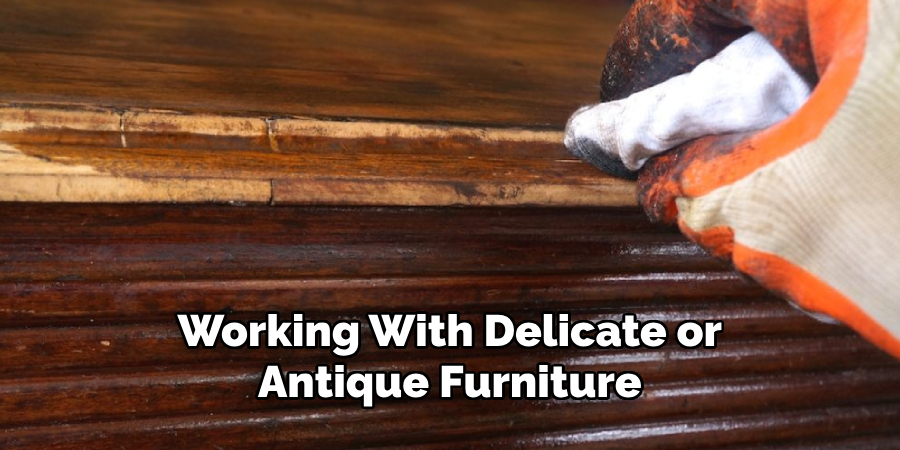
Conclusion
Removing furniture wax is a critical step in restoring and maintaining the beauty of your wood furniture. Whether you choose to use household items like vinegar and baking soda or specialized commercial products, the key is to be patient and gentle to avoid damaging the wood.
By following these methods, you can effectively remove wax buildup and prepare your furniture for refinishing or simply restore its natural luster. With a little effort and the right approach, your furniture can look as good as new. Thanks for reading, and we hope this has given you some inspiration on how to remove furniture wax!
